
For most people, a normal week involves working for extended hours, and running numerous errands just to make ends meet.
This is the reason why you need to rejuvenate yourself by having some quality time with your family and friends.
Having a boat ride can be a great opportunity to share quality time with your loved ones.
However, most people believe that only wealthy individuals can own a boat.
This is far from the truth.
If you are a DIY enthusiast, with the right tools and materials, and a lot of patience, you can confidently construct a seaworthy Polynesian-style catamaran!
One of the most crucial steps that go into boat building is finding the right lumbar for the job.
Choosing the best wood for boat building can be a confusing and frustrating task, given the plethora of options available and the factors that influence this critical decision.
What Makes the Best Wood For Boatbuilding?
The most important factor you need to take into account is the quality of wood.
You need the wood grain to be as straight as possible.

You don’t want it to twist in some way as you work through it.
You also want lumbar that features the right level of hardness.
As a rule of thumb, the lumbar should be soft enough to accept a nail without problems, but not too soft that it jeopardizes your boat’s functionality.
Here’s a great video on selecting the best wood for boat building at the sawmill.
And below are some of the best woods for wooden boats.
Mahogany
The wood used for boat construction must be hardy, robust, and durable.
It shouldn’t be too brittle, or soft, and of course, it must be able to stand against decay over time, and mahogany ticks all the boxes.
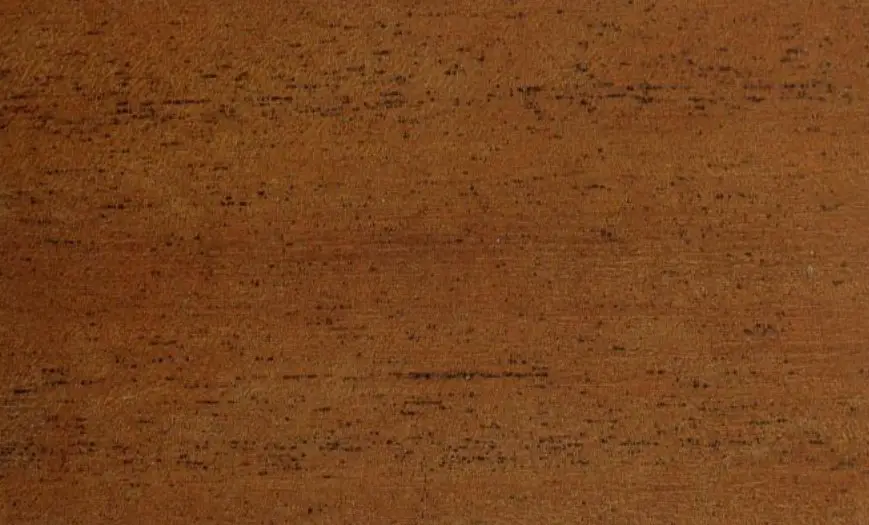
Genuine mahogany timber stands up against nearly anything that nature can throw its way.
Being made of mostly heartwood, mahogany is naturally dense and extremely resistant to both decay and rot.
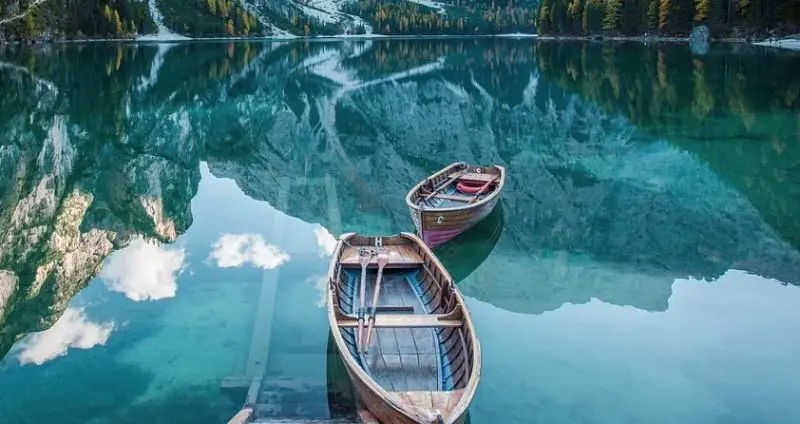
Mahogany’s reputation as a durable and strong, high-quality wood for commercial and residential applications certainly translates into other uses, and boat building is no exception.
Mahogany is equally beautiful and you’ll appreciate the luxe feel that it creates on your boat.
The timeless elegance of mahogany decking is guaranteed to create a classic, refined look that will be the subject of admiration on the waterways!
What’s more, mahogany is extremely easy to work with. It is equally easy to stain, finish, and turn.
Ash
Ash boasts superior bending qualities thanks to its long and straight wood veins.
This makes it the number one choice in boat construction for frames. Besides, ash is resistant to rot and decay and also boasts impeccable bending and strength characteristics.
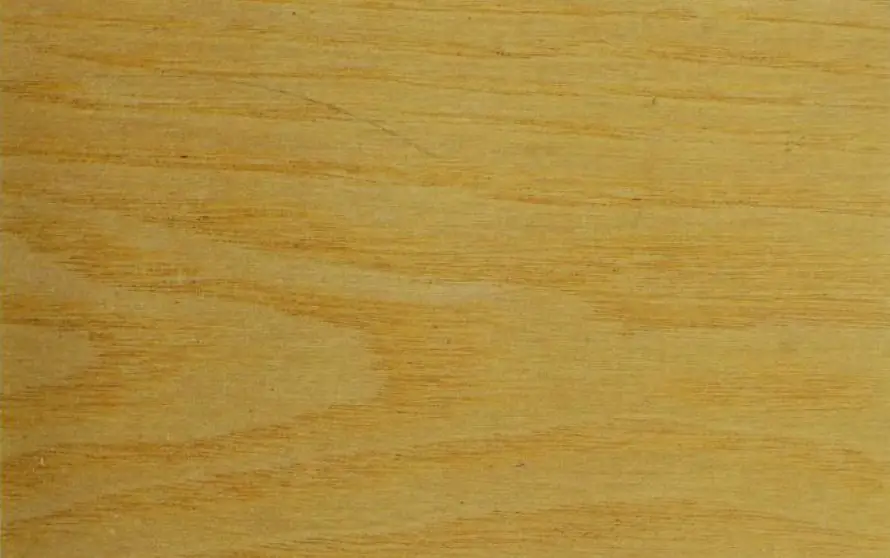
However, it is imperative to note that ash will discolor over time.
Cedar
This is another exceptional wood material for boat building.
Cedar is a highly stable wood that boasts an extremely high strength-to-weight ratio. It is not only highly resistant to decay and rot, but also doesn’t absorb water quite easily.
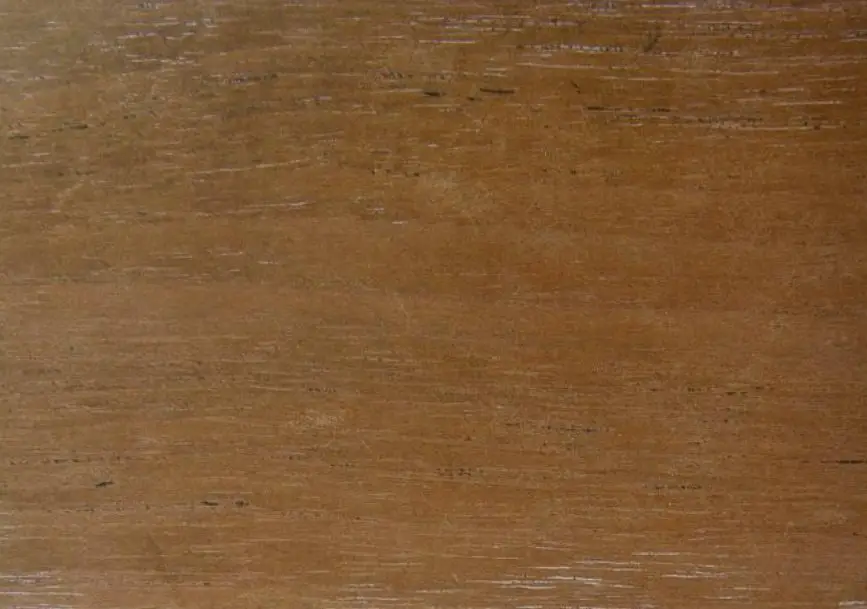
Cedar is also a sustainable resource, as it is always produced in managed forests, and this implies that those who care for the environment can make their own boats with a clear conscience!
And if you are looking for beauty and elegance, cedar has got you covered as well.
It has a rich color that will surely lend some visual interest and personality to your crafted piece.
Teak
Teak is a nearly perfect wood for boat decking for a number of reasons. First and foremost, it effectively resists fungi, rot, and mildew.
This is extremely beneficial because rotten wood decays and becomes fairly weaker, resulting in serious degradation of boat hull structures.
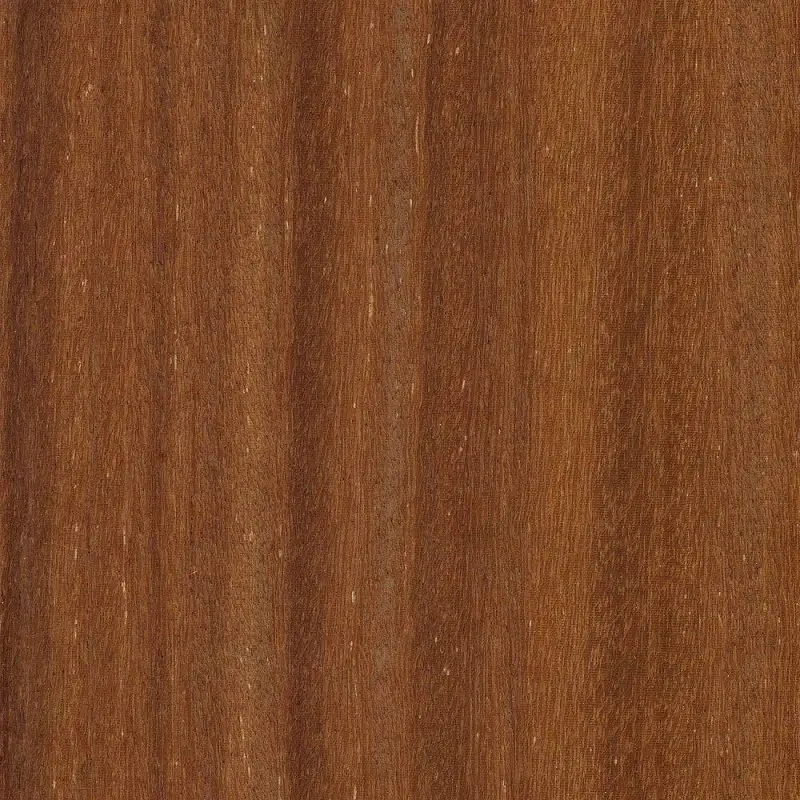
Teak is equally highly durable and has earned a serious reputation for longevity in marine environments.
Studies have shown that if a teak deck is properly maintained and routinely serviced, it can potentially last up to twenty years.
Teak’s high silica content also gives it non-skid properties, an essential requirement for constructing boat decks.
Teak is also comparatively easier to work with and finish, and this means that you can use it in both interior and exterior boat-building applications.
The natural oils available in teak further protects the wood against cracking, shrinking, or expanding, even when in direct contact with heat and moisture.
White Oak
When it comes to oak, white oak is the superior option for boat building vs. red oak.
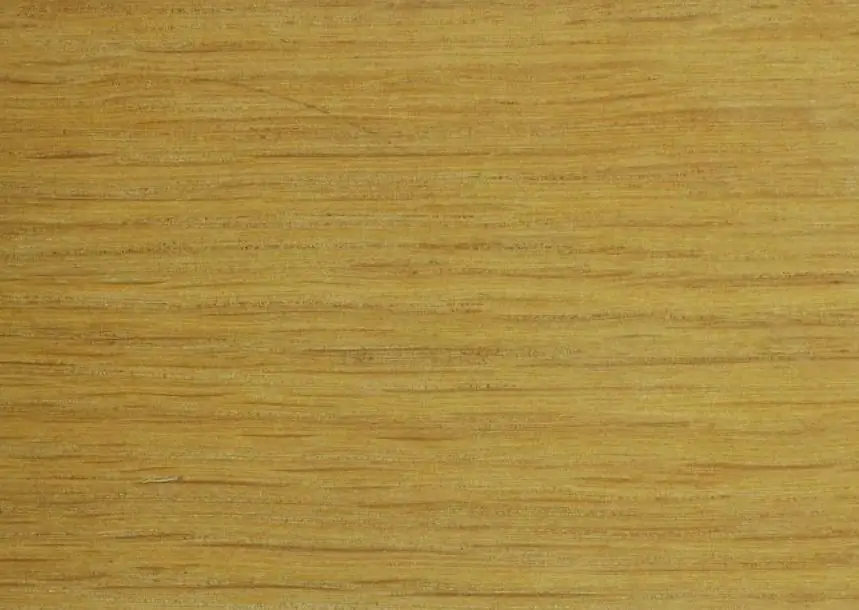
This is due to highly porous structure of red oak, which soaks up water very quickly like a sponge, as demonstrated in this video.
Chestnut
If you have very little experience in the DIY boat construction arena, here is an easy wood to work with.
However, it is worth noting that chestnut is relatively more textured, which is something to take into account, particularly if you love smooth finishes.
